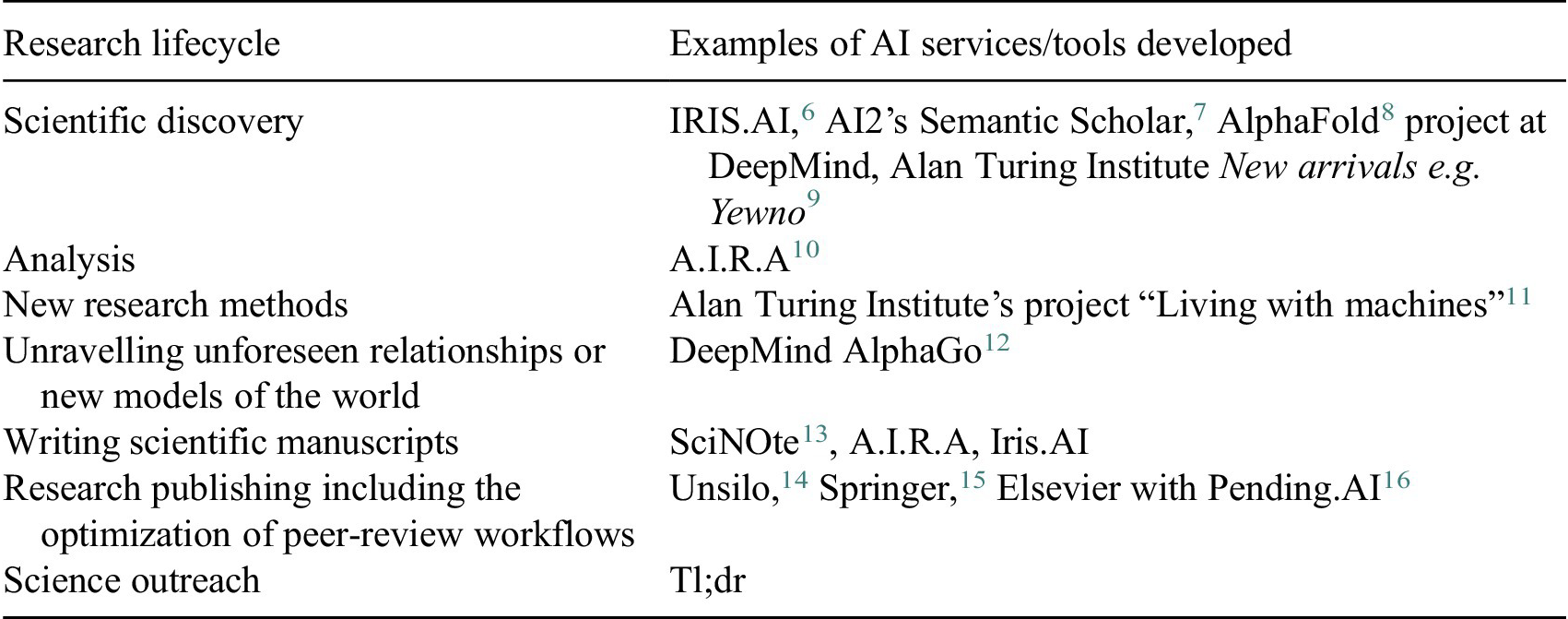Lisa Feldman Barrett at Scientific American: “Do your facial movements broadcast your emotions to other people? If you think the answer is yes, think again. This question is under contentious debate. Some experts maintain that people around the world make specific, recognizable faces that express certain emotions, such as smiling in happiness, scowling in anger and gasping with widened eyes in fear. They point to hundreds of studies that appear to demonstrate that smiles, frowns, and so on are universal facial expressions of emotion. They also often cite Charles Darwin’s 1872 book The Expression of the Emotions in Man and Animals to support the claim that universal expressions evolved by natural selection.
Other scientists point to a mountain of counterevidence showing that facial movements during emotions vary too widely to be universal beacons of emotional meaning. People may smile in hatred when plotting their enemy’s downfall and scowl in delight when they hear a bad pun. In Melanesian culture, a wide-eyed gasping face is a symbol of aggression, not fear. These experts say the alleged universal expressions just represent cultural stereotypes. To be clear, both sides in the debate acknowledge that facial movements vary for a given emotion; the disagreement is about whether there is enough uniformity to detect what someone is feeling.
This debate is not just academic; the outcome has serious consequences. Today you can be turned down for a job because a so-called emotion-reading system watching you on camera applied artificial intelligence to evaluate your facial movements unfavorably during an interview. In a U.S. court of law, a judge or jury may sometimes hand down a harsher sentence, even death, if they think a defendant’s face showed a lack of remorse. Children in preschools across the country are taught to recognize smiles as happiness, scowls as anger and other expressive stereotypes from books, games and posters of disembodied faces. And for children on the autism spectrum, some of whom have difficulty perceiving emotion in others, these teachings do not translate to better communication….Emotion AI systems, therefore, do not detect emotions. They detect physical signals, such as facial muscle movements, not the psychological meaning of those signals. The conflation of movement and meaning is deeply embedded in Western culture and in science. An example is a recent high-profile study that applied machine learning to more than six million internet videos of faces. The human raters, who trained the AI system, were asked to label facial movements in the videos, but the only labels they were given to use were emotion words, such as “angry,” rather than physical descriptions, such as “scowling.” Moreover there was no objective way to confirm what, if anything, the anonymous people in the videos were feeling in those moments…(More)”.

